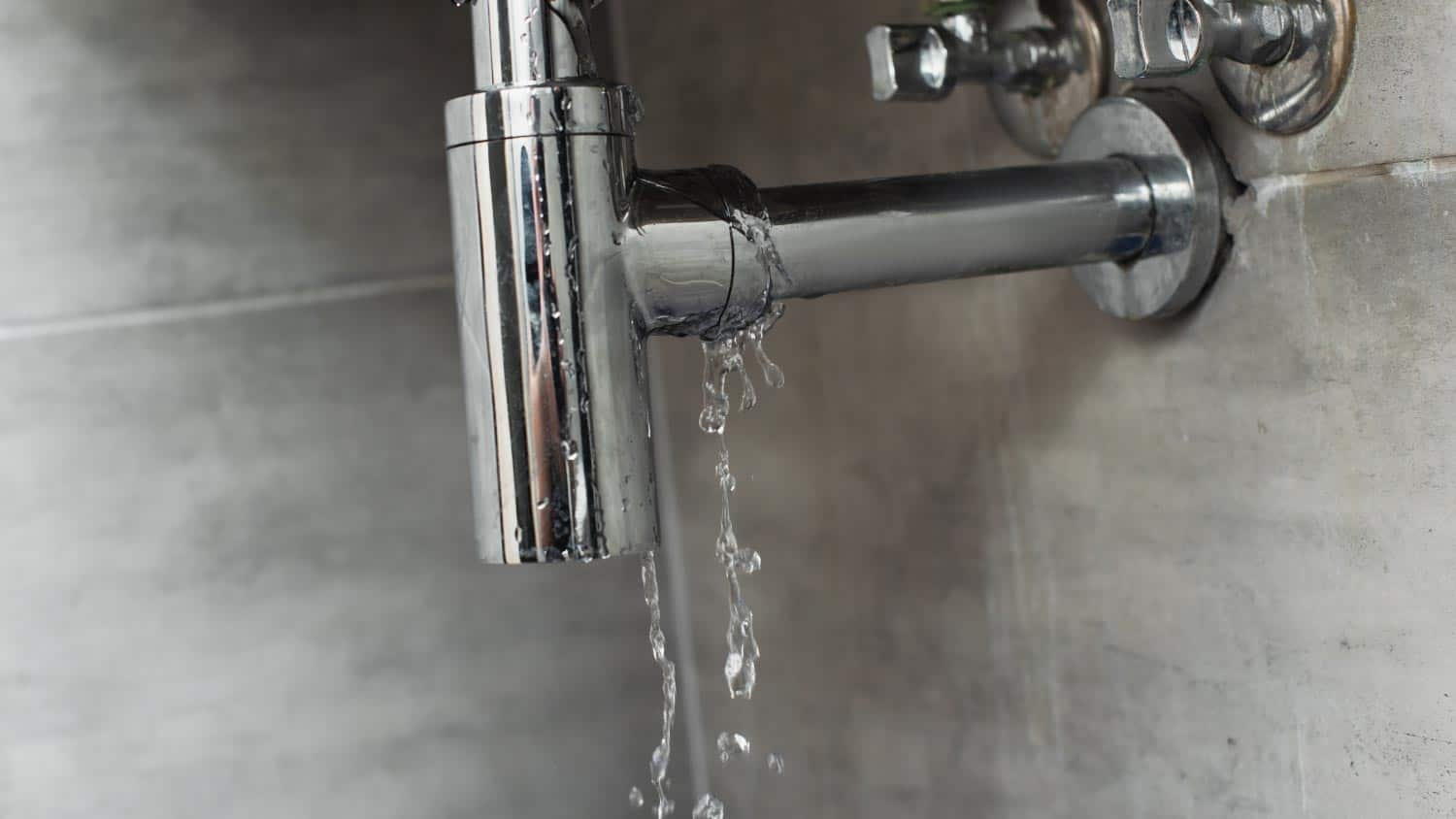Expose Concealed Water Line Leaks: 6 Tested Techniques for Detecting
Expose Concealed Water Line Leaks: 6 Tested Techniques for Detecting
Blog Article
Were you in search of facts and techniques about Finding hidden leaks?

Early detection of leaking water lines can mitigate a possible calamity. Apart from conserving you cash, it will decrease the stress and frustration. The minute you discover a leak, calling your plumber for repair services is the very best remedy. Some small water leakages may not be noticeable. If you can not find it with your nude eyes, below are some hacks that help.
1. Take A Look At the Water Meter
Every house has a water meter. Inspecting it is a guaranteed way that assists you uncover leakages. For starters, shut off all the water sources. Guarantee nobody will purge, utilize the faucet, shower, run the cleaning equipment or dishwashing machine. From there, go to the meter and also watch if it will change. Because no person is utilizing it, there must be no activities. That indicates a fast-moving leakage if it moves. Also, if you discover no changes, wait a hr or more as well as check back once more. This indicates you might have a sluggish leak that could also be underground.
2. Check Water Consumption
Examine your water expenses and track your water usage. As the one paying it, you ought to discover if there are any discrepancies. If you detect sudden changes, despite your intake being the same, it means that you have leaks in your plumbing system. Bear in mind, your water expense should drop under the exact same variety on a monthly basis. A sudden spike in your expense suggests a fast-moving leakage.
On the other hand, a steady boost every month, despite the same routines, reveals you have a sluggish leakage that's additionally gradually rising. Call a plumber to completely examine your property, specifically if you feel a warm location on your floor with piping underneath.
3. Do a Food Coloring Test
30% comes from toilets when it comes to water consumption. Test to see if they are running effectively. Decline flecks of food shade in the storage tank as well as wait 10 minutes. If the color somehow infiltrates your dish throughout that time without flushing, there's a leak between the tank and bowl.
4. Asses Outside Lines
Do not neglect to inspect your outside water lines as well. Should water permeate out of the link, you have a loose rubber gasket. One tiny leak can throw away heaps of water and also spike your water expense.
5. Evaluate as well as Analyze the Circumstance
Home owners must make it a behavior to inspect under the sink counters and even inside cupboards for any type of bad odor or mold development. These 2 warnings indicate a leakage so prompt interest is called for. Doing regular inspections, also bi-annually, can conserve you from a significant trouble.
If you understand your house is already old, keep a careful eye on your heaters, hoses, pipes and so on. Check for stainings as well as weakening as the majority of devices as well as pipelines have a life span. They will likewise normally deteriorate because of tear as well as wear. If you presume dripping water lines in your plumbing system, don't await it to rise. Call a specialist plumber right now so you do not wind up with a dreadful mess in your home.
Early discovery of leaking water lines can reduce a potential disaster. Some little water leakages might not be visible. Examining it is a proven method that helps you discover leakages. One small leak can lose lots of water and increase your water bill.
If you believe dripping water lines in your plumbing system, do not wait for it to rise.
WARNING SIGNS OF WATER LEAKAGE BEHIND THE WALL
PERSISTENT MUSTY ODORS
As water slowly drips from a leaky pipe inside the wall, flooring and sheetrock stay damp and develop an odor similar to wet cardboard. It generates a musty smell that can help you find hidden leaks.
MOLD IN UNUSUAL AREAS
Mold usually grows in wet areas like kitchens, baths and laundry rooms. If you spot the stuff on walls or baseboards in other rooms of the house, it’s a good indicator of undetected water leaks.
STAINS THAT GROW
When mold thrives around a leaky pipe, it sometimes takes hold on the inside surface of the affected wall. A growing stain on otherwise clean sheetrock is often your sign of a hidden plumbing problem.
PEELING OR BUBBLING WALLPAPER / PAINT
This clue is easy to miss in rooms that don’t get much use. When you see wallpaper separating along seams or paint bubbling or flaking off the wall, blame sheetrock that stays wet because of an undetected leak.
BUCKLED CEILINGS AND STAINED FLOORS
If ceilings or floors in bathrooms, kitchens or laundry areas develop structural problems, don’t rule out constant damp inside the walls. Wet sheetrock can affect adjacent framing, flooring and ceilings.
https://www.servicemasterbyzaba.com/blog/how-to-detect-water-leakage-in-walls/

I'm certainly very taken with Leaking water lines and I hope you enjoyed reading the blog entry. Are you aware of somebody else who is excited by the niche? Take a moment to promote it. We love reading our article about Leaking water lines.
Emergency leaks? Professional help here. Report this page